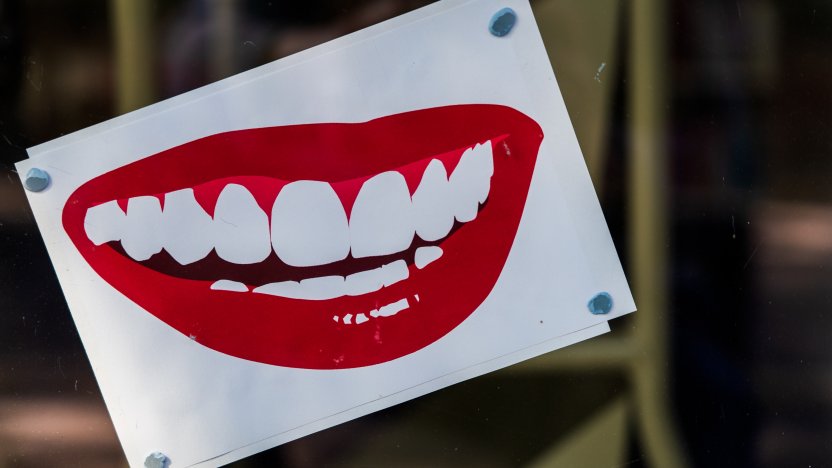Lipstick brings 3D trademarks back to life

Assumptions that the shape mark is dead may have been overturned this month after the General Court of the EU found the shape of a lipstick suitable for trademark protection. While it is not easy to protect characteristics such as shapes under EU trademark law, the recent judgement provides hope for companies wishing to protect design elements or other features of their products, as Frouke Hekker explains.
In order to prevent the monopolisation of shapes (and other features, such as colours and sounds), EU trademark legislation offers three exceptions to trademark protection. A shape or other characteristic is excluded from trademark protection:
- If the shape or characteristic is determined by the nature of the goods;
- If the shape or characteristic gives the goods their essential value; or
- If the shape or characteristic is necessary to obtain a technical result.
Only shapes and characteristics that do not fall under these exceptions can be protected under trademark law, provided that they are distinctive, as is the case for all other types of trademarks.
As a result, however, obtaining trademark protection for characteristics is difficult in practice because it is not readily assumed that the relevant public will recognise the shape or other characteristic as a distinctive sign of a certain undertaking.
It also follows from case law on shape marks that it is assumed that the greater the resemblance to the most obvious shape of a product, the more likely it is to be considered devoid of any distinctive character, as a result of which trademark protection is not possible. In other words, only a shape that deviates significantly from the norm or from what is common in the sector concerned will have sufficient distinctive character.
Guerlain's shape mark for a lipstick
 The case on which the General Court of the EU recently ruled concerned precisely this last point: does the shape of Guerlain's lipstick (see image, right) deviate significantly from the norm or common practice in the sector concerned; in other words: does it deviate significantly from other lipstick casings?
The case on which the General Court of the EU recently ruled concerned precisely this last point: does the shape of Guerlain's lipstick (see image, right) deviate significantly from the norm or common practice in the sector concerned; in other words: does it deviate significantly from other lipstick casings?
The EUIPO examiner did not think so, nor did EUIPO’s Board of Appeal, which found the lipstick not to be distinctive because it did not deviate significantly from the standard. The General Court of the EU, however, decided otherwise, stating in its ruling that:
- The requirement that a shape must differ significantly from the standard involves more than just whether the shape is new in relation to earlier shapes, i.e. the mere novelty of a shape is insufficient to meet the requirement of distinctiveness. On the other hand, this does not eliminate every new shape as a trademark, not even in the world of lipsticks where new shapes are often introduced.
- A high-quality design does not automatically entail distinctive character. The point of departure is (still) whether the product can create an objective and unusual visual effect on the relevant public.
- In the case of Guerlain's lipstick, the lipstick is different from any other shape available on the market. This shape, according to the General Court, is more reminiscent of a boat hull or a pram, and such a shape is a significant departure from the norm, where lipsticks usually have a cylindrical and parallel shape. The small oval relief shape is also unusual according to the General Court.
- As a final element, the General Court mentions the fact that the lipstick cannot be placed upright, which is also unusual.
On the basis of these considerations, the General Court of the EU concluded that the mark applied for has distinctive character and can be registered as a trademark. This may open up new possibilities for companies looking to protect the characteristics of their products.
If you have a question about trademark protection of non-traditional marks such as shapes or about one of the grounds for exclusion discussed in this article, please get in touch. If your products have certain characteristics that may not qualify for a trademark right, other protection possibilities may apply, such as design rights.
Frouke Hekker is manager of the Novagraaf Academy and heads the Knowledge Management department of Novagraaf in Amsterdam.